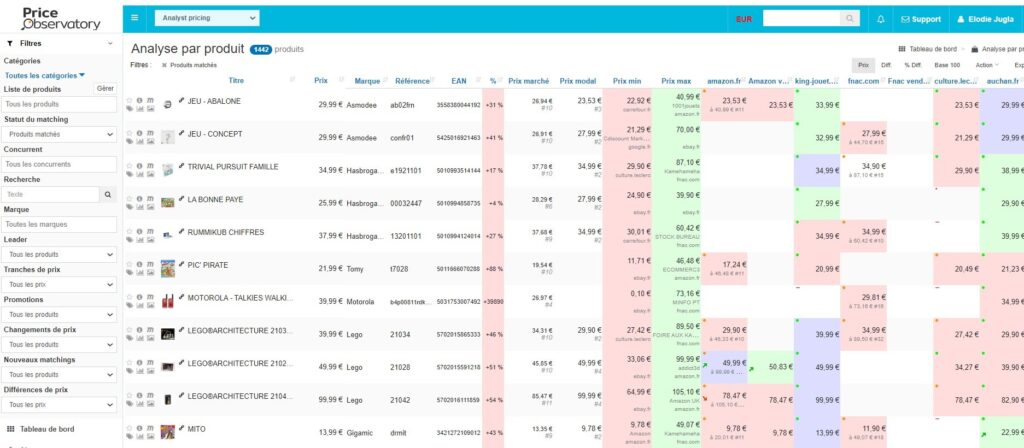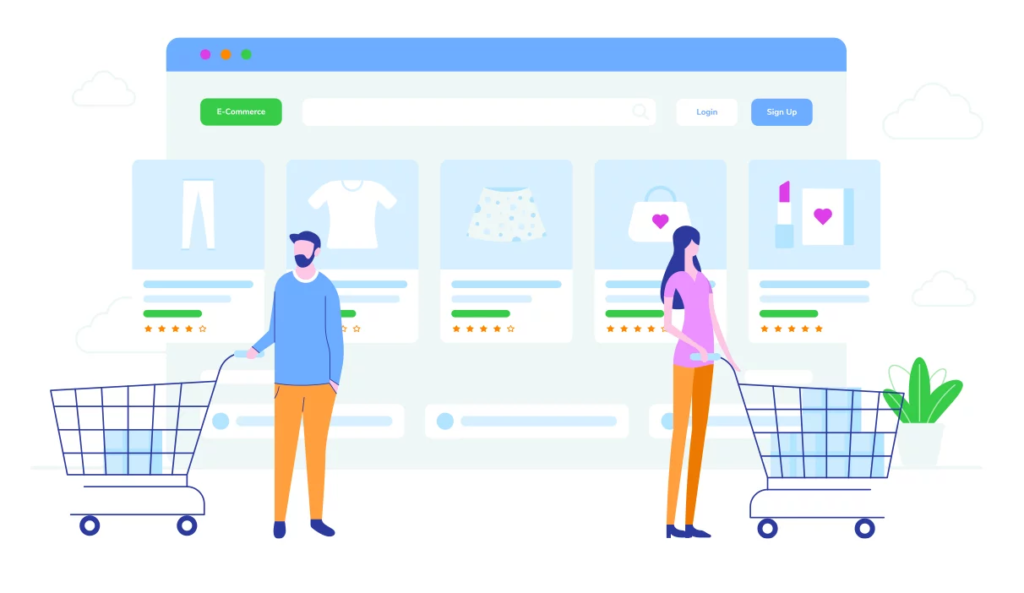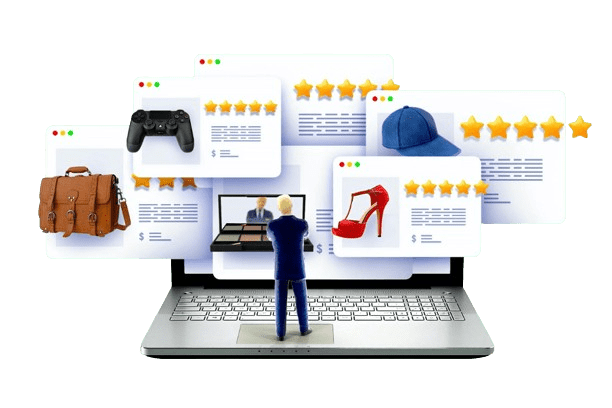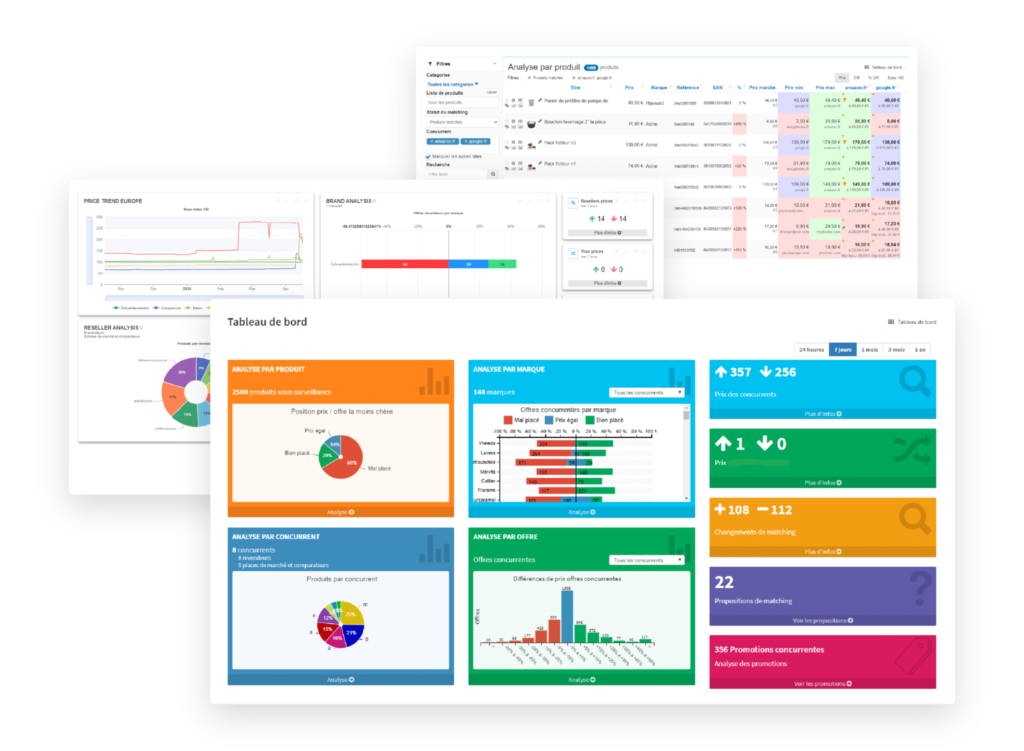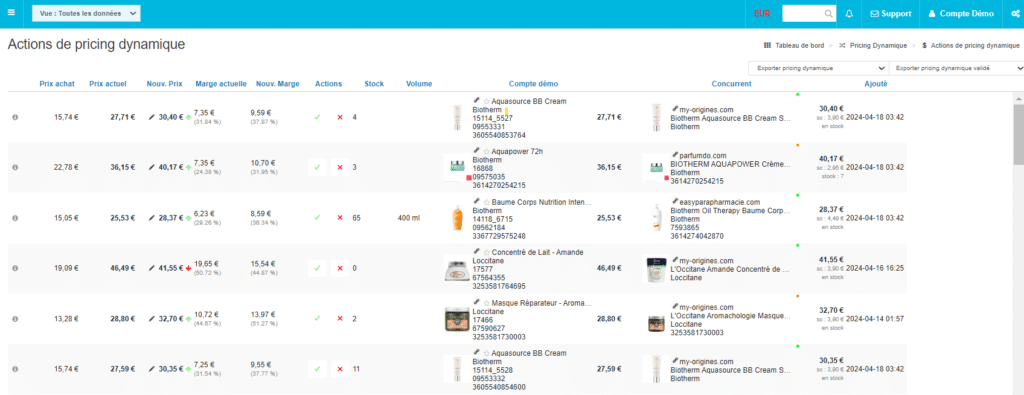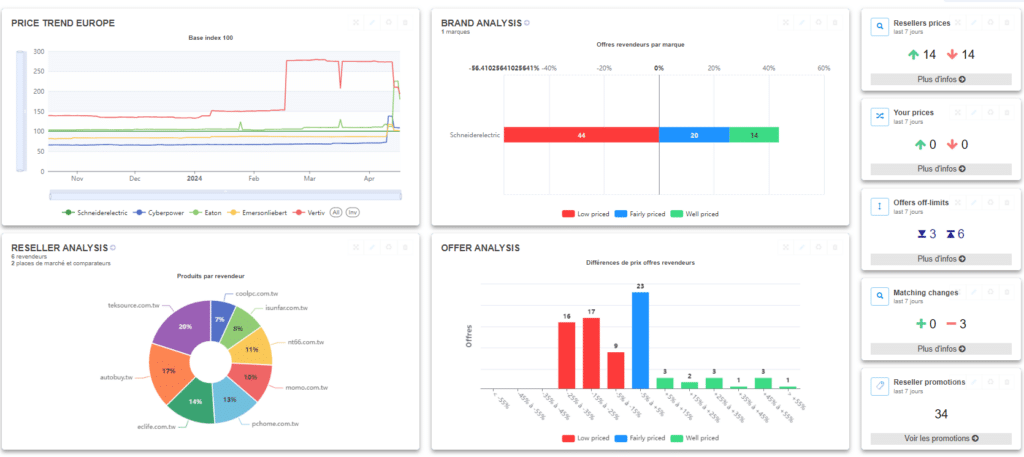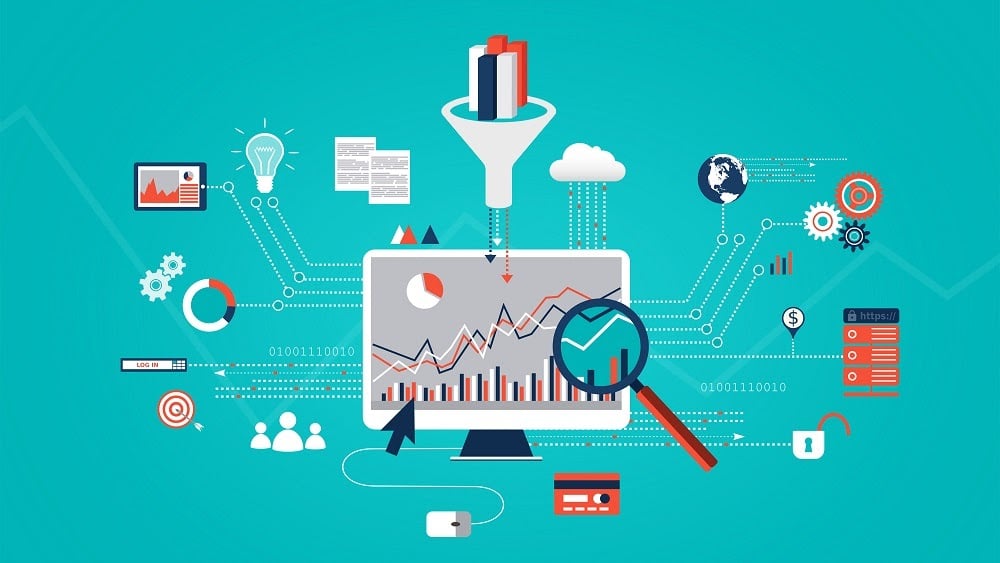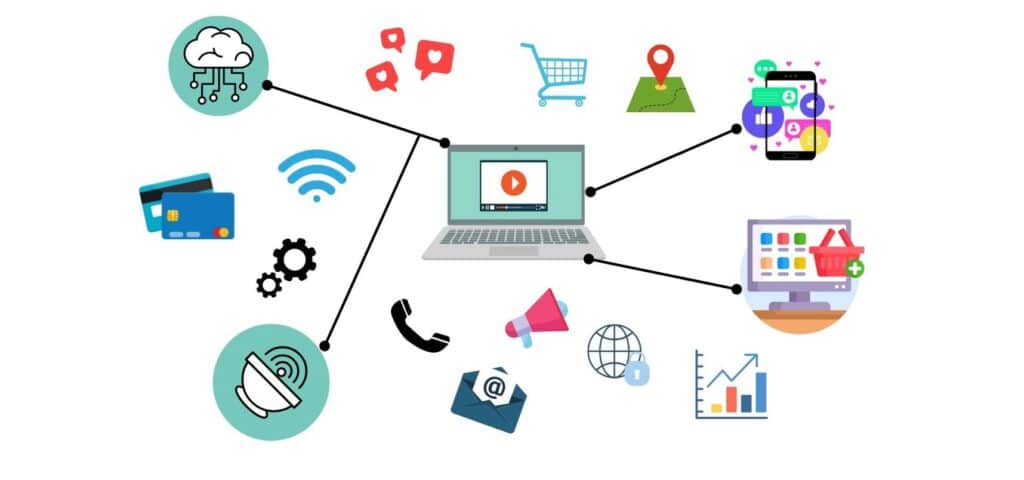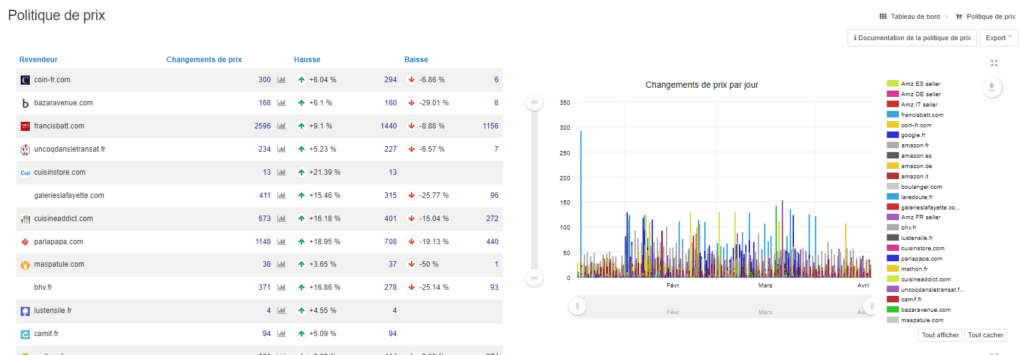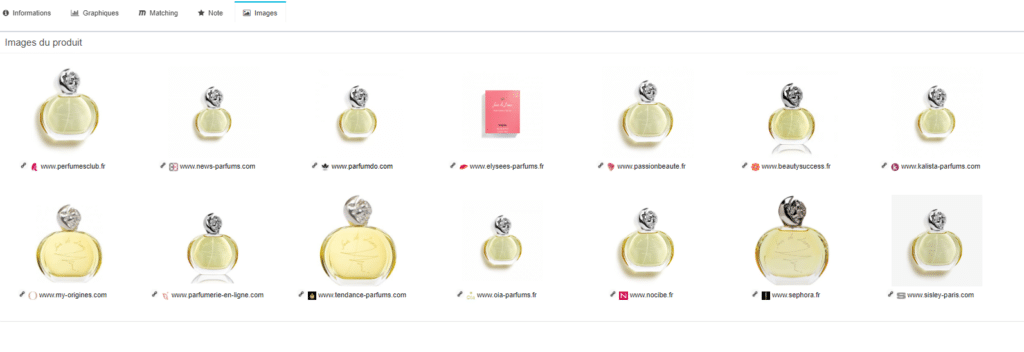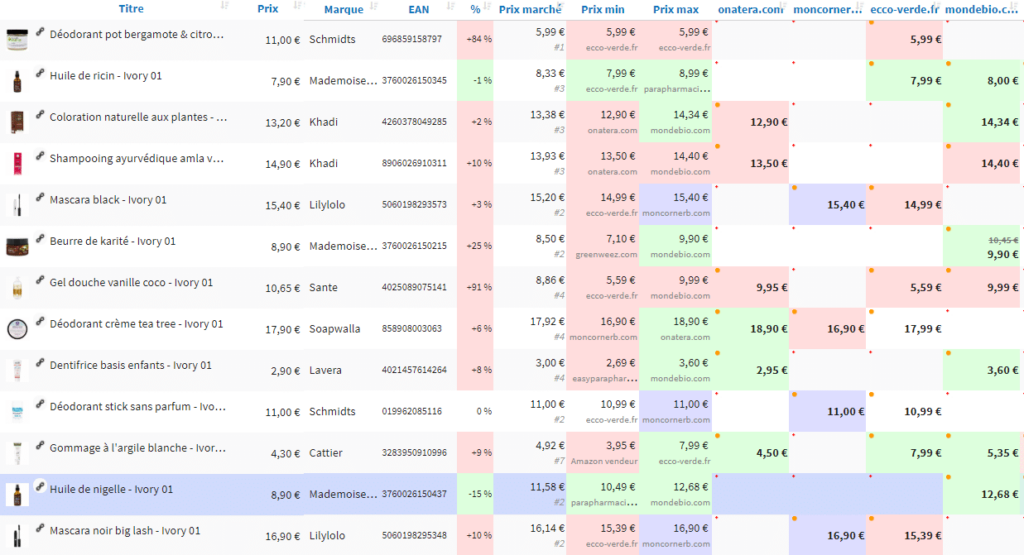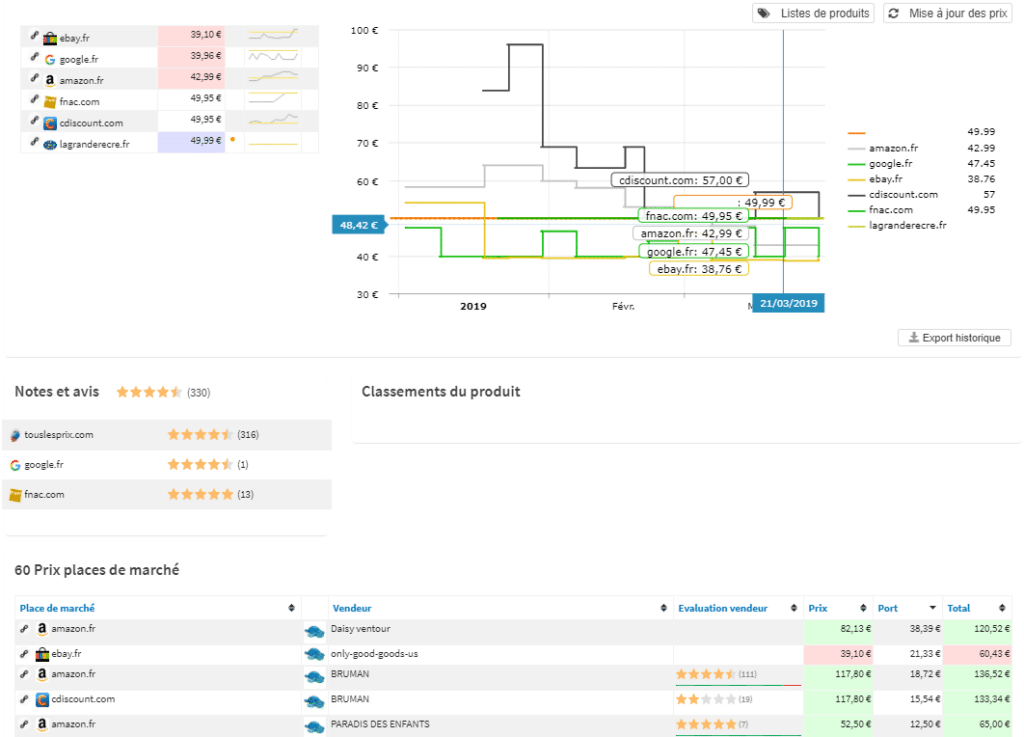Legality of Automated Price Monitoring: What Businesses Need to Know
Price monitoring directly impacts your commercial success, with 58% of consumers showing greater loyalty to retailers offering discounts. However, the legal landscape around automated price monitoring is becoming increasingly complex—especially with the introduction of the Descrozaille Law, which limits promotional discounts to 34% for non-food products.
Today, competitive intelligence requires precise navigation through various legal frameworks. Recent updates to robots.txt files on French media websites and GDPR requirements have created a strict regulatory environment for price monitoring. With over 17,000 brands and retailers monitored in real time, it’s crucial to understand the legality of automated pricing surveillance.
In this article, you’ll discover the complete legal framework governing automated price tracking, the potential risks involved, and compliant methods for conducting effective competitive monitoring in line with current legislation.
Legal Framework for Price Monitoring in France
In France, the legal framework surrounding the use of automated price tracking software is based on several regulatory pillars that businesses must consider to avoid sanctions.
Applicable Laws and Regulations
The fundamental principle in France is that “the prices of goods, products, and services are freely determined by the forces of competition.” This freedom applies to all businesses, regardless of their legal status.
However, it’s not an absolute freedom. In specific situations—such as monopolies or supply difficulties—a decree may regulate prices. The recent Descrozaille Law, which came into effect on March 1, 2024, illustrates this regulation by capping discounts at 34% for non-food products.
Understanding this framework is essential for your business, as all competitive monitoring must operate within this “supervised freedom” of pricing.
GDPR Impact on Price Data Collection
The General Data Protection Regulation (GDPR) strictly regulates the collection of any data, including pricing, when it can be linked to an identifiable person. This applies to your organization if it’s based in the EU or targets EU residents.
When monitoring competitors, you must follow core principles:
- Collect data lawfully, fairly, and transparently
- Have a legal basis (legitimate interest, consent, etc.)
- Limit data retention (e.g., max. 3 years for prospects)
- Ensure data security
Non-compliance can lead to severe penalties, as shown by the €20 million fine imposed on Clearview.
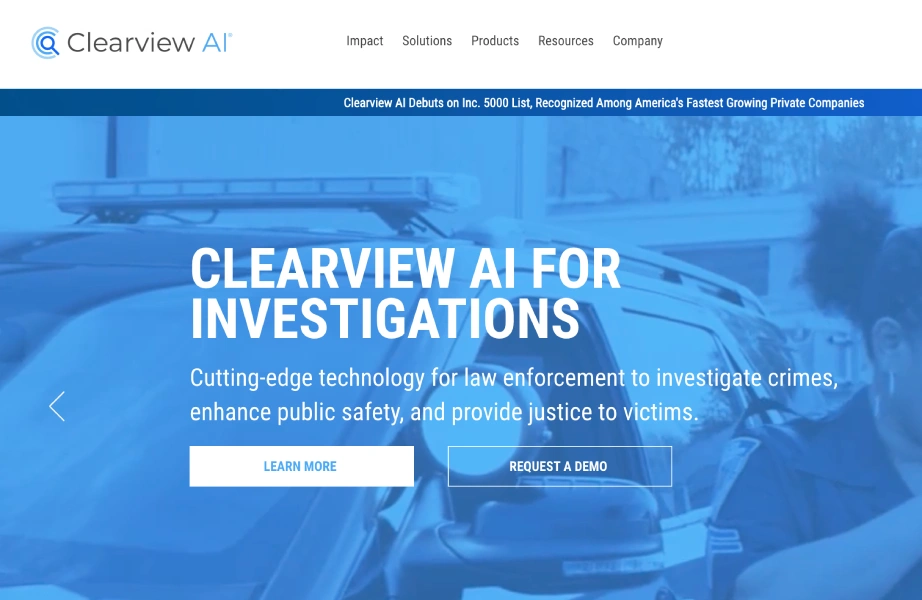
Public Information vs. Protected Data
A common confusion concerns the status of publicly accessible data.
A “public data point” refers to any information from a publicly accessible source. However, just because something is accessible doesn’t mean it can be freely reused.
Even if data is visible online, if it belongs to individuals, it cannot be reused without their knowledge. To legally monitor competitors, you must:
- Ensure you have a valid legal basis
- Inform the concerned individuals of data usage
- Respect their right to object
- Conduct a Data Protection Impact Assessment (DPIA) if the processing poses high risks
The apparent contradiction between open data and GDPR means you need a cautious approach when setting up your monitoring system.
Legal Risks of Non-Compliant Price Monitoring
Poorly executed price monitoring can expose your company to serious legal consequences. These risks go well beyond mere warnings and can threaten your business’s very survival.
Potential Sanctions for Violations
The main penalty for non-compliant price monitoring practices is administrative fines for anti-competitive behavior.
Companies can face fines of up to 10% of their global revenue. This figure applies to the highest annual turnover recorded during the years the illegal practices occurred.
And it’s not just businesses that are targeted—individuals involved in organizing or designing anti-competitive practices risk up to 4 years in prison and fines of €75,000.
Beyond financial penalties, reputational damage can be devastating. One study found that 80% of sanctioned companies suffer significant reputational harm affecting their customer and partner relationships.
Case Law on Automated Monitoring Practices
French case law strictly regulates automated competitor monitoring. Courts consider any unauthorized intrusion into an information system illegal, even for passive data collection.
For example, using cookies or software to monitor a competitor’s activity may fall under unlawful conduct. Similarly, covert collection of personal data has been penalized, especially when deceptive means are used to access information.
Real-World Cases of Sanctioned Companies
One of the most striking examples is the €611 million fine imposed by the French Competition Authority on 10 manufacturers and 2 retailers of household appliances for price-fixing.
In this case, Darty and Boulanger systematically monitored competitor prices and pressured manufacturers to act against retailers offering lower prices.
Another well-known case is Equifax, fined $425 million for a data breach exposing personal information of 147 million people—highlighting the consequences of poor data handling during competitive monitoring.
To ensure legal price monitoring, it’s critical to collect data ethically and avoid any action that interferes with free price competition.
How to Conduct Legal and Effective Price Monitoring
To ensure legal compliance in automated price monitoring, choosing the right tools and methods is key. A structured approach allows you to gather valuable insights without breaking the law.
Use of Legal Tools like Price Observatory
Several legal solutions exist for monitoring competitor prices effectively.
Our dynamic pricing software, Price Observatory, stands out as an ethical tool that tracks over 70 million prices daily using robots specifically designed to respect target websites. Its automatic matching technology quickly identifies equivalent products from your competitors without overloading their servers.
Your tool should meet these criteria:
- Ethical data collection methods
- Proper data extraction frequency
- GDPR compliance settings
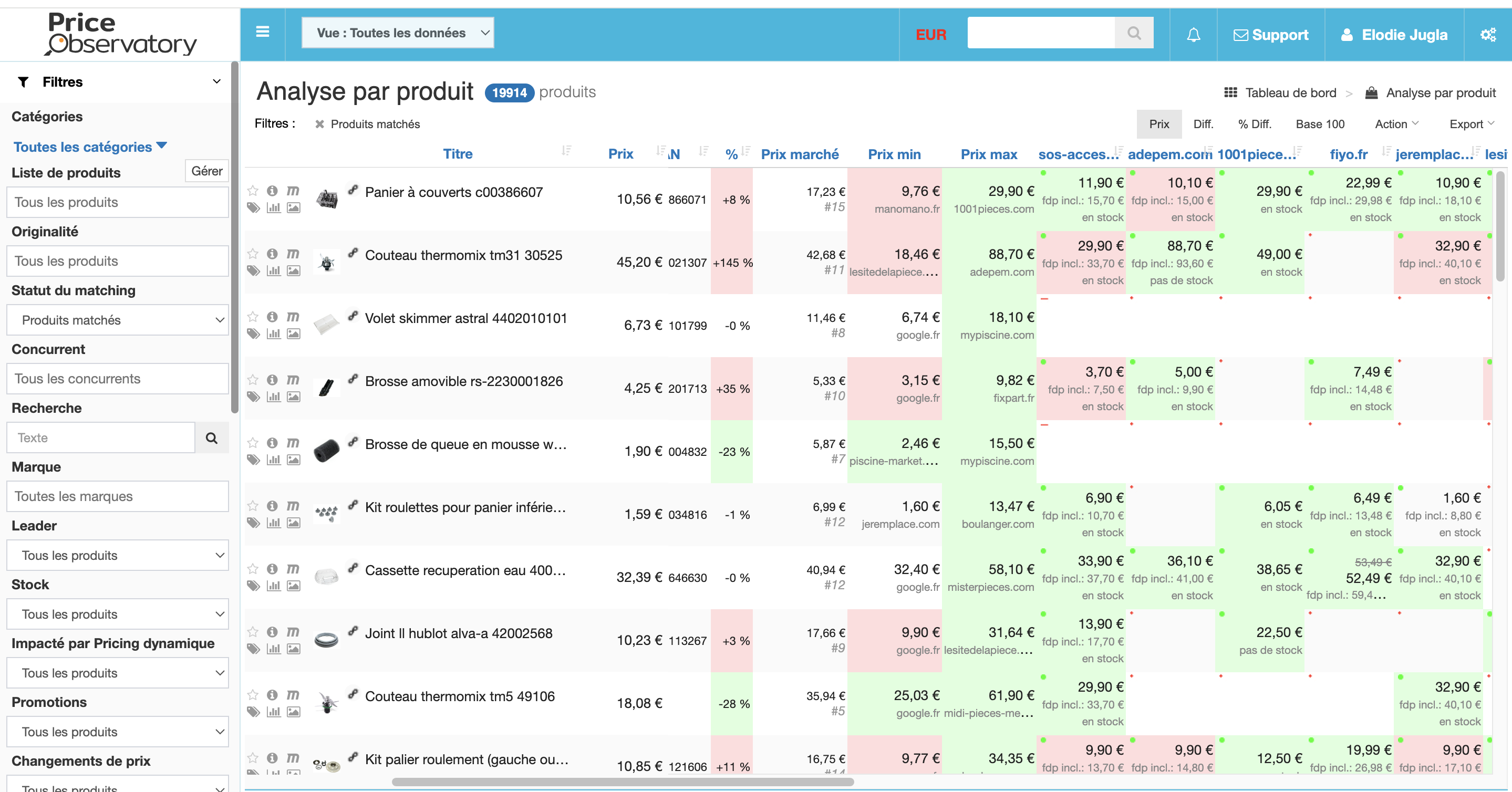
Respectful Configuration Toward Competitor Sites
To stay legal, you must configure your data collection carefully. First, limit request frequency to avoid straining monitored websites. Experts recommend spacing out requests and minimizing the number of data points collected.
When possible, use alternatives to scraping: RSS feeds, APIs, or open data. These offer simpler, more efficient, and legal ways to retrieve data.
Respect for robots.txt Files
The robots.txt file is essential for legal price monitoring. Located at the root of a website, it tells robots which parts of the site can or cannot be accessed. Before collecting any data, your tools must check and follow these directives.
To verify access rights, simply add /robots.txt to a website URL. Many CMS platforms also make it easy to edit this file, showing how seriously some sites treat data protection.
Failure to comply with robots.txt rules could not only lead to legal risk, but also damage your reputation and undermine your monitoring efforts.
Technical and Legal Limits of Automation
Automated monitoring has its limits, which must be understood to remain within legal boundaries. These include both technical and legal constraints on price surveillance activities.
Frequency and Server Load
Your data collection frequency must be carefully calibrated.
Excessive automation risks overloading target site servers. To ensure ethical monitoring, adapt your collection rhythm based on your sector’s needs and how aggressive your competitors are.
Some industries need daily monitoring; others may suffice with weekly or monthly scans.
Keep in mind:
- Excessive load may be seen as a denial-of-service (DoS) attack
- Your activity should not degrade competitor site performance
- Server capacity should inform your collection schedule

Forbidden Circumvention of Protections
Bypassing technical protections is generally forbidden.
Case law is clear: overcoming a “technical challenge” does not justify circumventing a protection. Courts treat these as offenses, even without malicious intent.
Avoid:
- Techniques to mask your identity or IP address
- Bypassing anti-scraping systems
- Exploiting security vulnerabilities to access price data
Legal Alternatives to Aggressive Scraping
Given these restrictions, several legal alternatives allow effective price monitoring. Prioritize tools that automatically filter out sensitive data while complying with data protection laws.
Legal approaches include:
- Official APIs from e-commerce websites
- Publicly available open data feeds
- Formal partnerships with data providers
- GDPR-compliant pricing intelligence services like Price Observatory
Ultimately, best practices involve choosing solutions that automate information gathering while excluding personal data—ensuring a legal and ethical approach to competitive monitoring.
Conclusion
Automated price monitoring requires a careful balance between efficiency and compliance. Legal risks are substantial—from hefty fines to potential criminal penalties. However, legal solutions do exist for effective price tracking.
On the one hand, GDPR and robots.txt compliance form the foundation of ethical price monitoring. On the other, tools like Price Observatory provide valuable insights without breaking the law.
Businesses must prioritize legal data collection methods. This responsible approach not only ensures regulatory compliance but also supports the long-term sustainability of your competitive intelligence strategy.
